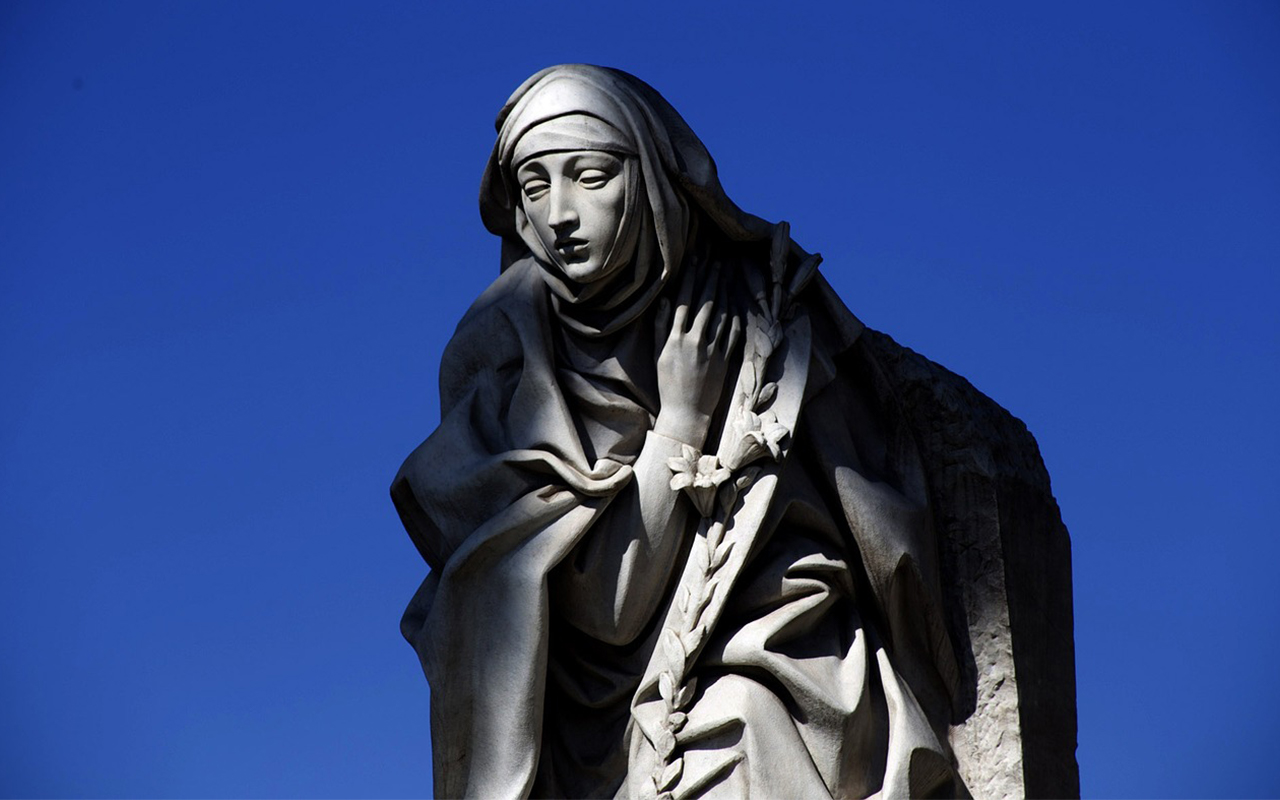People We Like – Mother Teresa
Share

For the 18-year-olds among us, COVID means an uncertain start to freshman year…
… but when the most famous charity worker of the 20th century turned 18, she set out on a very different journey.
It’s easy to put a life of compassion on a pedestal and excuse ourselves as too average to be heroic, yet we need the inspiration of heroes to rise above the demands of everyday life and do what we can to serve others.
How did Mother Teresa garner fame and win the Nobel Prize in 1979 when she worked quietly among the poor in Calcutta? Perhaps it began with her mother.
Teresa was born in 1910 in North Macedonia to an Albanian family. Her mother regularly invited the less fortunate to their dinner table and stressed the importance of sharing what little they had with the poor in their community.
After joining the Sisters of Loreto, she taught high school at St. Mary’s in Calcutta. From the school’s windows she rampant poverty and felt her work lacked purpose. She was relieved to hear a “call within a call” from God to “serve the poorest of the poor and to live among them and like them.”
She started with an open-air slum school but with help from volunteers and financial aid, eventually stretched her charitable work into adjacent provinces. In 1950, Teresa started her own order, the “Missionaries of Charity.” Donning her traditional garb of blue-striped saris, Teresa became a well-known figure in the slums as she did what she could to make the lives and deaths of those around her more dignified. She humbly fed, washed, and cared for those who could not help themselves. She lived what she said, “intense love does not measure; it just gives.”
She gained international attention from bold acts of compassion, as when she rescued thirty-seven children trapped in a front-line hospital during a temporary cease-fire in the 1982 Siege of Beirut. Travelling across a war zone with Red Cross workers, she collected the children and brought them to safety for medical attention.
Not all her acts required such bravery, but they were filled with deep compassion. In one instance, she woke the mayor of San Francisco in the middle of a February night to scope out a vacant building as a feasible homeless shelter. When asked if they could speak on it the next day, she replied, “The work of God cannot wait until tomorrow morning.” Sure enough, Mayor Art Agnos braved the wintry darkness to inspect the building, finding it city-owned and available. Actions like these impressed thousands of donors, enabling her to grow her charity from a small volunteer group to 700 missions in 130 countries.
She once said, “Love cannot remain by itself – it has no meaning. Love has to be put into action, and that action is service.”
Let’s be inspired by her life to do good and keep doing good to those around us.